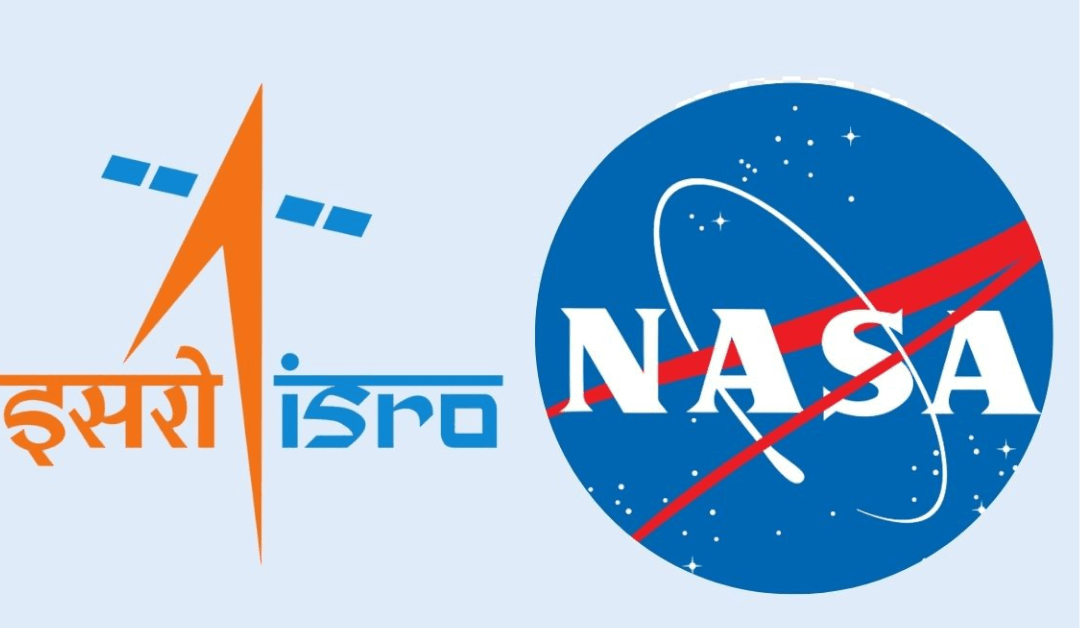A Decade-Long Collaboration Culminates in Advanced Earth Monitoring
After years of meticulous planning and development, the Indian Space Research Organisation (ISRO) and the National Aeronautics and Space Administration (NASA) are poised to launch the NASA-ISRO Synthetic Aperture Radar (NISAR) satellite in June 2025. This joint mission represents a significant milestone in international space collaboration, aiming to provide unprecedented insights into Earth’s dynamic systems.
Cutting-Edge Dual-Frequency Radar Technology
NISAR is equipped with a unique dual-frequency Synthetic Aperture Radar (SAR) system, combining NASA’s L-band and ISRO’s S-band radars. This configuration allows the satellite to penetrate through clouds, vegetation, and even ice, capturing high-resolution images regardless of weather conditions or daylight. The L-band radar is adept at monitoring forest biomass and ice sheets, while the S-band radar excels in detecting minute surface changes, such as those caused by earthquakes and landslides.
Comprehensive Earth Monitoring Every 12 Days
Operating at an altitude of 747 kilometers in a sun-synchronous orbit, NISAR will survey nearly all of Earth’s land and ice surfaces every 12 days. This frequent coverage will enable scientists to track changes in ecosystems, monitor glacier dynamics, assess natural hazards, and study agricultural patterns with remarkable detail and consistency.
Enhancing Disaster Preparedness and Climate Research
The data collected by NISAR will be instrumental in improving disaster response strategies by providing early warnings for events like earthquakes, volcanic eruptions, and landslides. Additionally, the satellite’s observations will contribute to climate change research by monitoring ice mass loss, sea-level rise, and shifts in vegetation patterns, thereby informing policy decisions and environmental conservation efforts.
Launch Preparations and Industry Collaboration
The satellite is slated for launch aboard ISRO’s GSLV Mk-II rocket from the Satish Dhawan Space Centre in Sriharikota. In preparation for the mission, ISRO has engaged with private sector entities and startups to explore commercial applications of NISAR’s technology, fostering innovation and expanding the mission’s impact beyond scientific research.
A Leap Forward in Earth Observation
The NISAR mission exemplifies the power of international cooperation in advancing space technology and Earth sciences. By providing high-resolution, timely data on Earth’s changing landscapes, NISAR will serve as a vital tool for scientists, policymakers, and disaster management agencies worldwide, marking a significant leap forward in our ability to observe and understand our planet.


